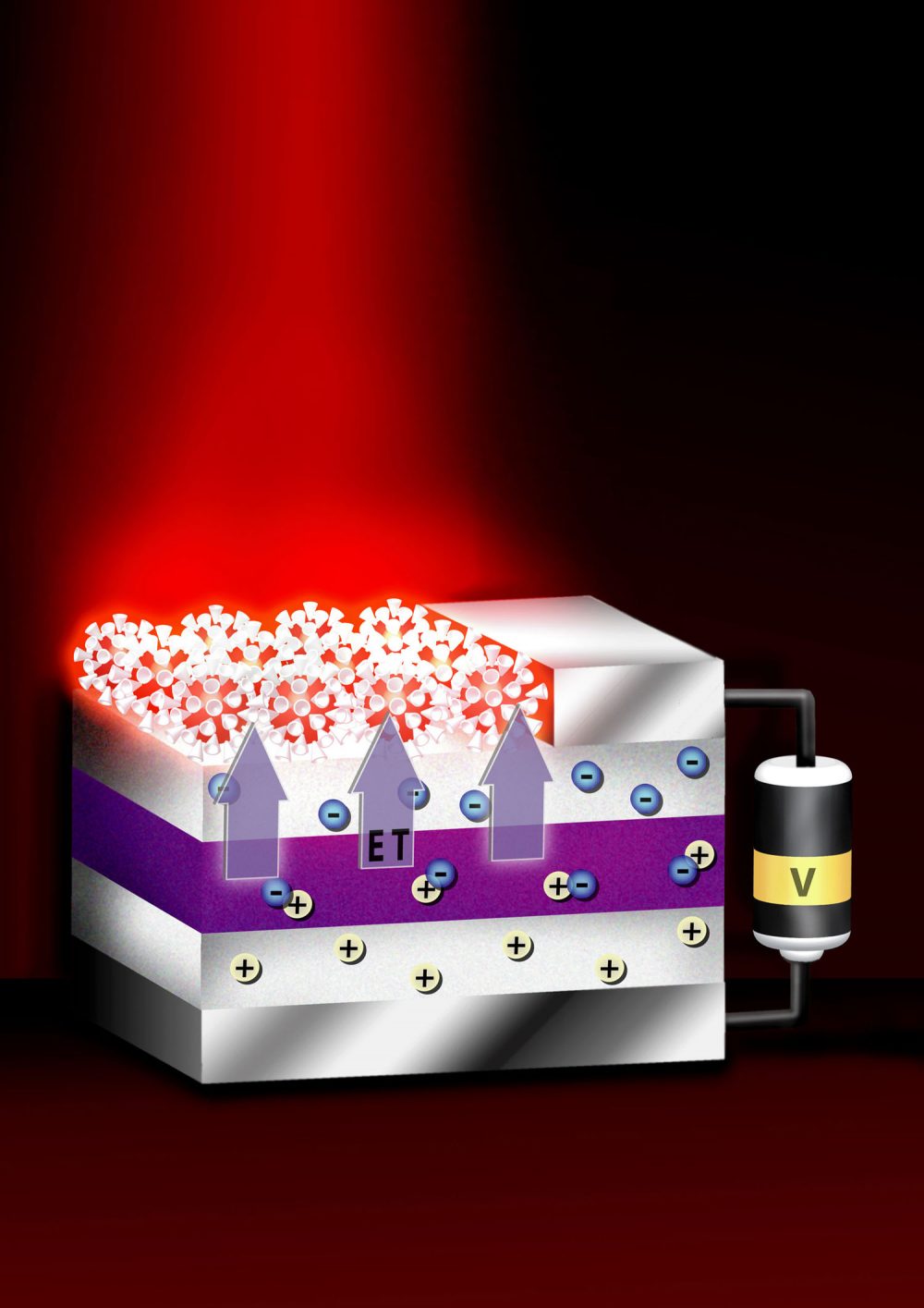_ Lindemann's change structure section in electrical nanostructures
Lindemann change (change structure) of carbon nanostructures, nanoelectronic devices and accessories
Researcher and author: Dr. ( Afshin Rashid)
Note: This division of nanomaterials (nanostructures) is not an apparent and worthless division. These three types of nanostructures have fundamental differences both in terms of synthesis and production, and in terms of properties and applications. In general, the electrical, optical, magnetic, surface, etc. properties of these three structures are fundamentally different from each other, and of course their applications are also different.
The main basis of nanotechnology is the use of materials. Every material in space has three dimensions: length, width and height. If in a material at least one of these three dimensions is in the range of nanometers, it is called a material, a nanostructure. There is no accepted definition for the nanometer range, but a more acceptable definition is a range between one and one hundred nanometers. Nano carbon nano powder is a form of carbon nano particles. Using low temperature physical exfoliation of natural carbon (the material used in pencils) in non-ionized water, nano carbon nano powder is produced. This means that Nano carbon Nano carbon is exposed to a temperature of less than 650 degrees Celsius. The final product is stable at room temperature and shows no signs of flammability.
Carbon nano has many applications in nanoscience and nanoelectronics. Carbon is one of the amazing elements of nature, which is found in four different forms of graphite, diamond, coal and other forms of carbon in nature. All these four forms are solid and in their structure, carbon atoms are completely and regularly placed next to each other. Carbon is one of the most important elements in nature, and its many uses in human life confirm this point well. For example, steel - which is one of the main engineering alloys - is obtained from the dissolution of about two percent of carbon in iron; By changing the percentage of carbon by only a few hundred percent, all kinds of steel can be obtained. "Organic chemistry" is also a science that examines compounds containing "carbon" and "Hydrogen" pays, and polymer engineering is based only on the carbon element. Carbon is found in four different forms in nature, all of these four forms are solid, and in their structure, carbon atoms are placed next to each other in a completely regular manner.
An example of carbon nanostructures
Carbon-based nanotransistors are very serious candidates to replace conventional silicon transistors. Transistors are the main electronic components that are used as amplifiers in analog circuits or electronic switches in digital circuits . And their progress is the main key to nanoelectronics in the field of production and monopoly (nanochips), both in the field of military and biological industries. Transistors and integrated circuit manufacturing technology have become the most common technology based on them, i.e. CMOS, in the micro and nano electronics industry. This industry and the technology of making integrated circuits, this advantage of nanoelectronics in reducing the size of transistors and The number of transistors used in each chip is doubled. Shrinking the dimensions of the transistors leads to an increase in speed and a decrease in power loss.
Conclusion :
This division of nanomaterials (nanostructures) is not an apparent and worthless division. These three types of nanostructures have fundamental differences both in terms of synthesis and production, and in terms of properties and applications. In general, the electrical, optical, magnetic, surface, etc. properties of these three structures are fundamentally different from each other, and of course their applications are also different.
Researcher and author: Dr. ( Afshin Rashid)
Specialized doctorate in nano-microelectronics





